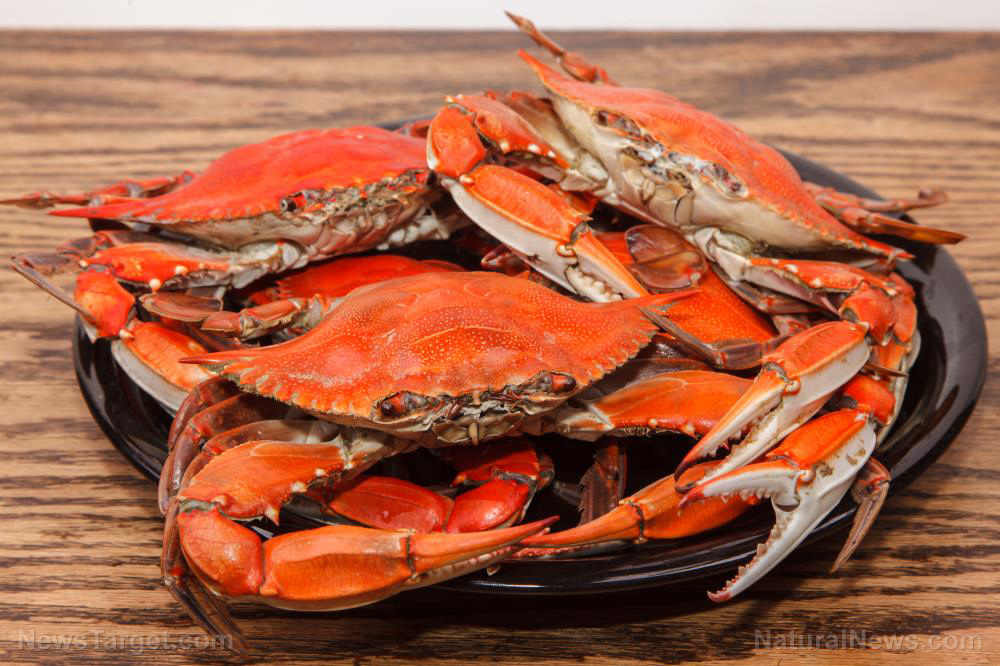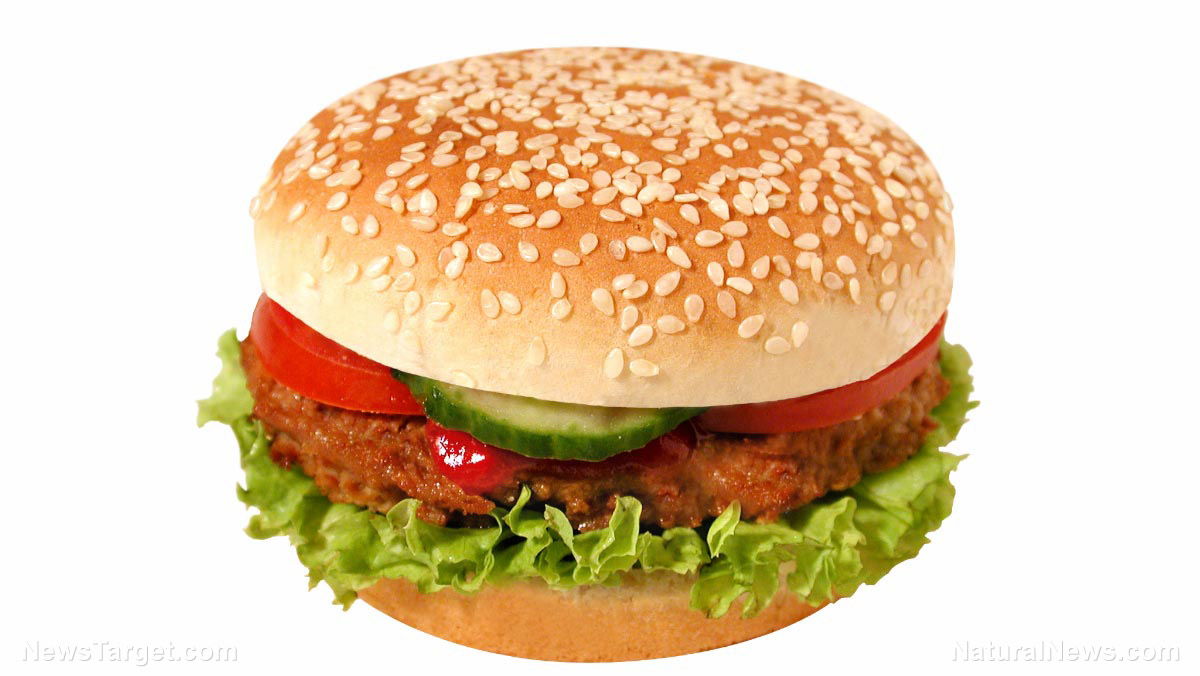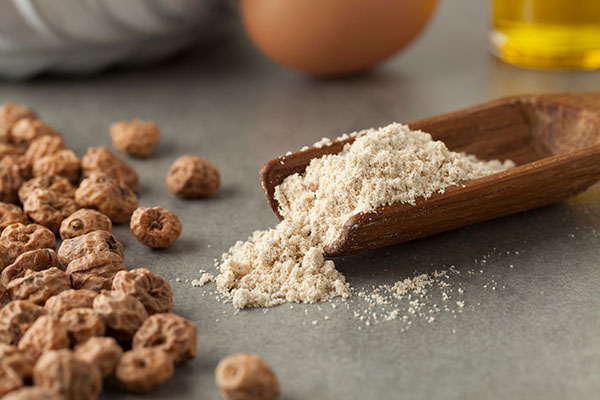Edible insects could be headed to UK supermarkets as global elites’ push to replace meat intensifies
10/25/2022 / By Cassie B.

As the cost of living continues to rise, budget supermarket chain ALDI could be poised to start giving families more affordable sources of protein by selling edible insect recipe kits in its UK stores – but are edible insects really the great solution they claim to be?
Crickets have been touted by some environmentalists as being a cheap and sustainable type of protein, and two UK entrepreneurs are appearing on TV this week hoping to convince ALDI to start selling products made by their company, Yum Bugs, in its UK grocery stores.
The push is part of a TV series in which suppliers appeal to the managing director of buying at ALDI UK, Julie Ashfield, to start stocking their products. She considers factors such as packaging, demand and price in deciding which items her stores will stock, and she may be swayed by the fact that many consumers are struggling to pay for groceries as inflation climbs.
Yum Bug co-founder Aaron Thomas said they want to change people’s perceptions when it comes to consuming insects. He outlined what he believes to be their biggest selling points, saying: “Crickets are up to 70 per cent protein, which is three times the amount of protein found in beef. They’ve also got more iron than spinach, more calcium than milk, and the list keeps going. They are an incredible superfood.
“We want to take bug consumption mainstream. If we’re able to get in front of Aldi’s audience, that would be an amazing opportunity.”
The co-founders began experimenting with cooking insects in 2017 in the garage of one of their homes, trying out recipes and sharing content online. During the COVID-19 lockdown, they started to sell insect recipe boxes from their homes.
Their business has grown, and they now sell a range of products on their website, including “Yum Bug Mince”, a type of ground beef substitute made of more than 70 percent crickets that boasts 31 grams of protein per serving. Other items for sale include ready-to-cook roasted crickets, a “Sticky Teriyaki Cricket Stir Fry Kit” with crickets, seasonings and sauce, and a “Smoky BBQ Cricket Taco Kit” that can be used to make tacos and burritos out of insects.
Are edible insects poised to grow in popularity as groceries become less affordable?
Edible insects are being pushed by globalist elites as an environmentally friendly and affordable alternative form of protein, and several companies have been quietly adding them to their foods. For example, Canadian brand Actually Foods has started using cricket flour in its Cheddar Cheese Puffs. Their parent company, Entomo Farms, said their goal is “to make cricket-based foods the first choice for individuals interested in high-quality, sustainable protein.”
The World Economic Forum claims that shifting to insect diets is necessary for controlling carbon emissions and dealing with human population growth, and the UK has been funding experiments in which African schoolchildren are being fed bugs. In one experiment, poor children in Zimbabwe are being fed mopane worms and soldier termite flour daily for a year to assess its effects on their health.
Unfortunately, there are several problems with this approach, not the least of which is the fact that insects are not suitable for those with allergies to dust mites and shellfish, both of which are very common allergens. Studies have raised concerns about a significant number of insect farms having infestations of parasites that could be pathogenic to humans. Insects also contain a substance known as chitin, which the human gut is incapable of digesting properly and may contribute to illnesses such as cancer. Of course, the World Economic Forum probably isn’t too concerned about the poor people it is pushing insect diets on becoming ill from them as it ties in quite nicely with their depopulation goals.
Sources for this article include:
Submit a correction >>
Tagged Under:
conspiracy, cricket flour, cricket protein, crickets, deception, digusting, edible insects, Food Evolution, food supply, frankenfood, globalists, grocery, ingredients, insanity, insects, over population, products, propaganda, world economic forum
This article may contain statements that reflect the opinion of the author
RECENT NEWS & ARTICLES
COPYRIGHT © 2017 INGREDIENTS NEWS




















